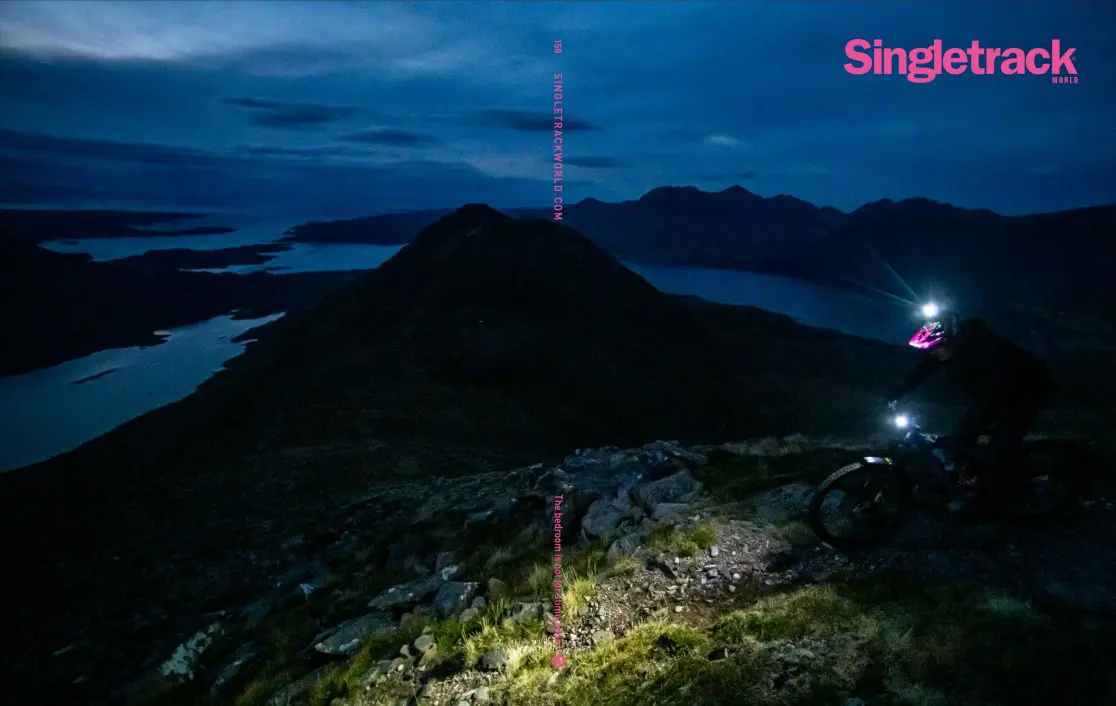Bike Forum
73
Posts
1
Users
0
Reactions
68
Views
Topic starter
Don't want to bitch about Shimano as most of their stuff I've used over the years has been great but the lameness of Hollowtech bearings baffles me. Why are they so terrible? Is it purely financial (designed to be a consumable that needs replacing every few months) or is there an engineering reason for making them out of cheese?
Posted : 15/12/2015 2:42 pm
